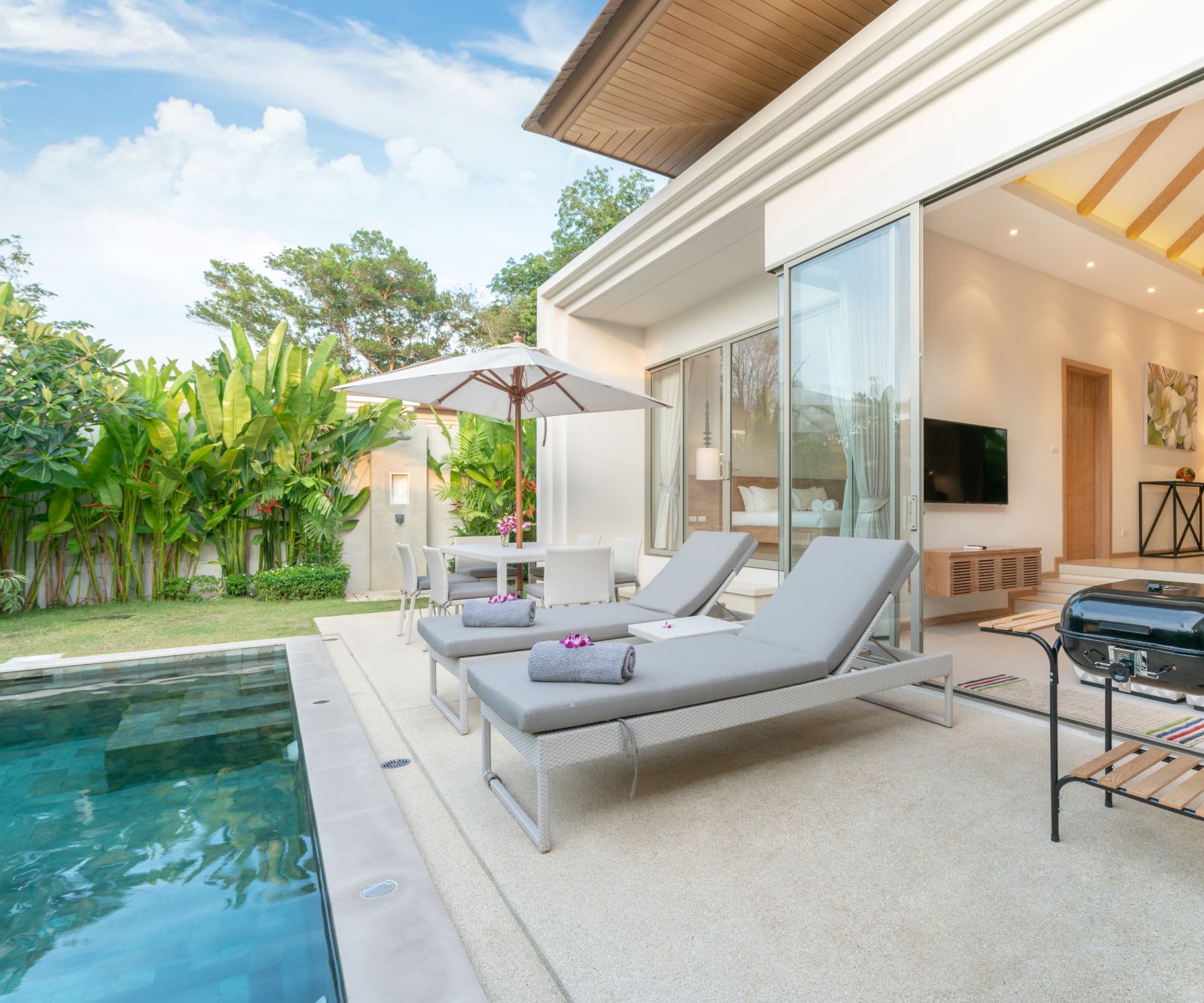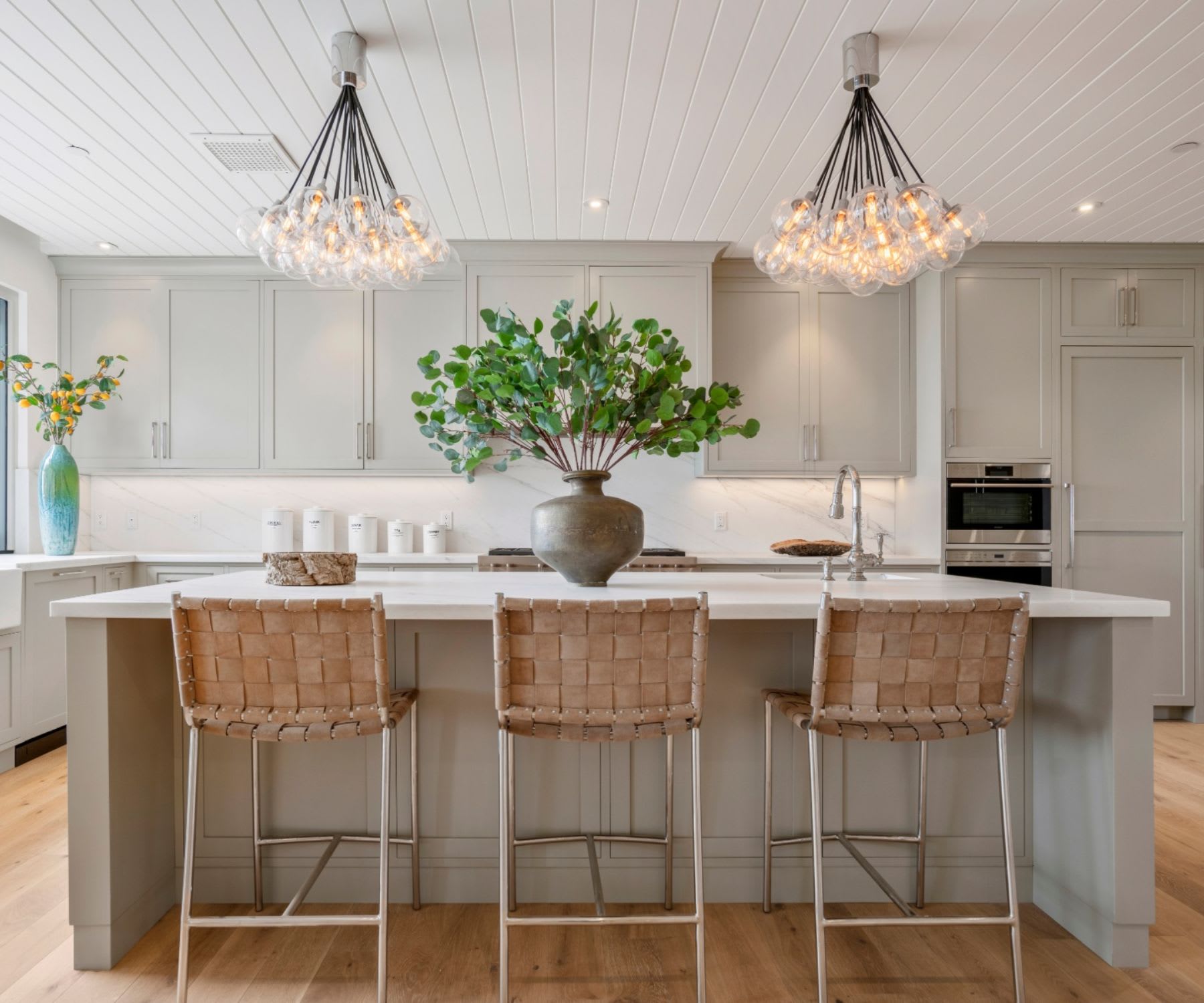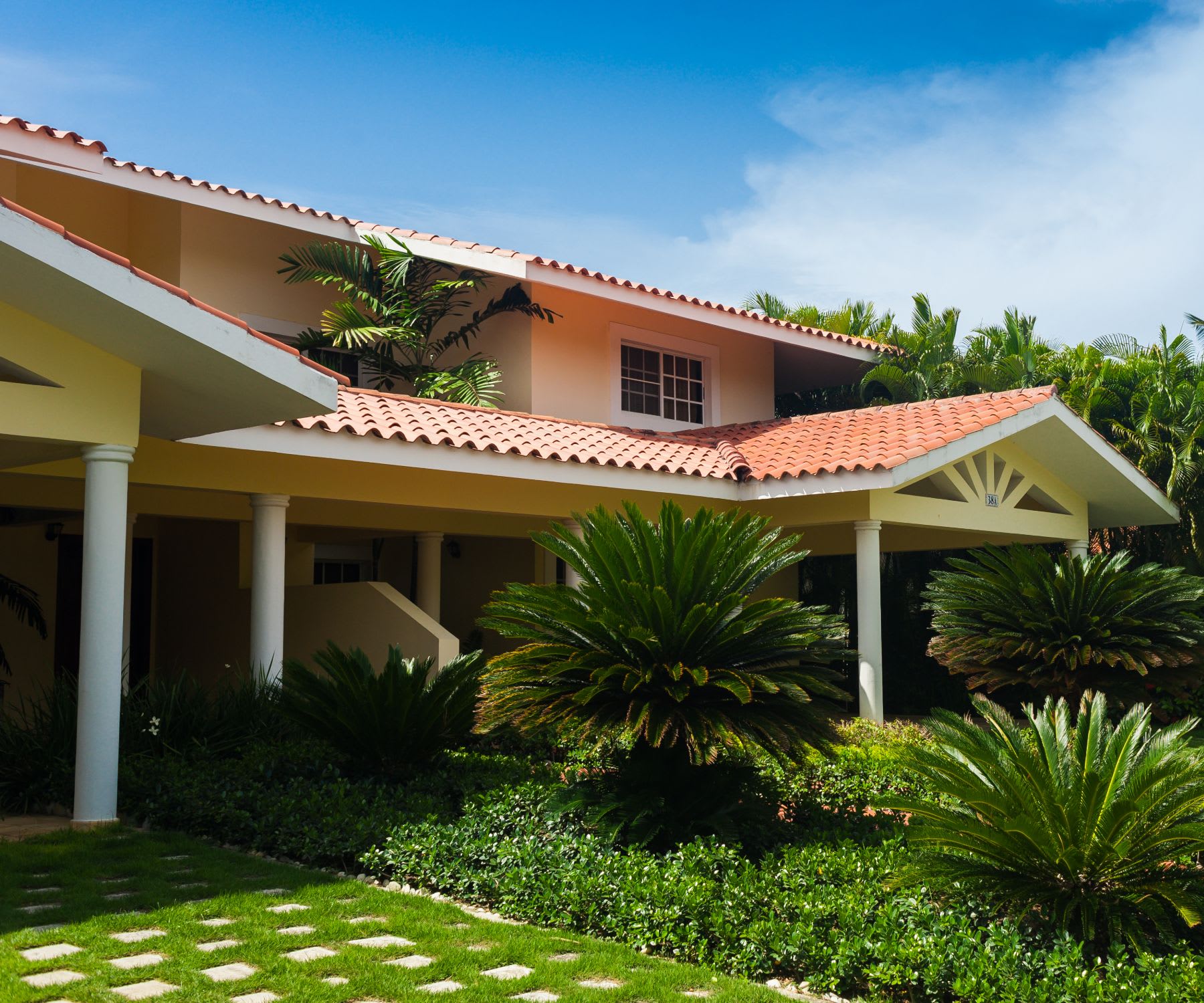Getting rid of our belongings can be emotional. It is tough to decide what you want to hang on to and leave behind. For this matter, I suggest turning to expert Marie Kondo. If it doesn’t spark joy, thank it and leave it behind. By nature of our small island, you likely will need to downsize significantly. The average single-family lot is about 5,000 sq. ft with about 1,500-2,000 living sq. ft and 3 bedrooms. This may be different than what you are used to in your current city. It will be cheaper to move with less so only take the essentials. What you consider essential will be unique to you. Another thing to consider is how you are going to execute your move. Some will prefer to hire a company to box up the house and put it in a crate, this will be a less affordable route. If choosing this route be sure to separate the day-to-day items, such as birth certificates, personal files you may need for lenders and new employers, and keepsakes like valuable jewelry. Your crate may take up to a month to arrive so be prepared to live without it at first.
Most homes are sold with major appliances so you can leave those behind. Others may prefer to sell everything except what can fit in your suitcases. Nothing wrong with this. Remember Oahu is casual, so you won’t need all of your suits and heels, you can trade them in for Aloha shirts and slippers. You may choose to ship a few of your favorite hard to part with items like beloved espresso machines and trusty air fryers, in which case I’ll note it's cheaper to pay for a 3rd and 4th check bag than shipping boxes due to the fact that price is calculated on weight. Overall, it’s best to get a fresh start on the island, say goodbye to the old and hello to the new.


